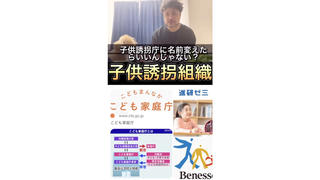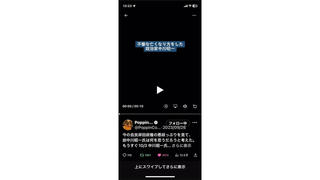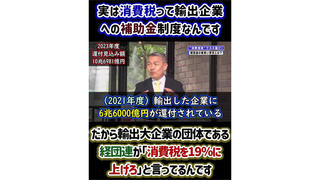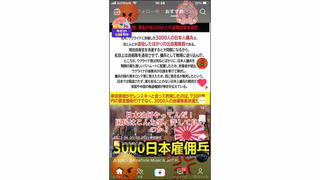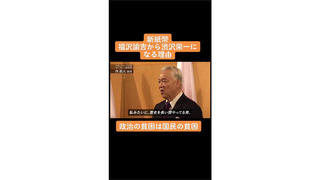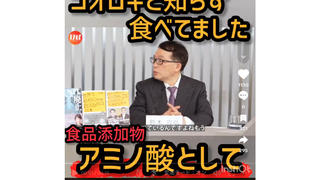
Are electromagnetic waves "the most important thing to avoid," more than chemicals, pollution and radiation? No, that's not true: Japan has radio wave (electromagnetic waves) protection guidelines that are in line with the international recommendations of the International Commission on Non-Ionizing Radiation Protection and the World Health Organization (WHO).
The claim appeared in a TikTok video (archived here) posted on June 12, 2023. Translated from Japanese into English by Lead Stories staff, it opened:
The most important thing to avoid is not pesticides, air pollution, or radiation, but electromagnetic waves.

(Source: TikTok screenshot taken on Fri June 23, 12:38:12 2023 UTC)
Electric and magnetic fields (EMF) are produced anywhere electricity is used. In general, scientists agree that low-frequency electromagnetic field exposure pose little danger to human health, while some still question its safety.
Electromagnetic energy
As NASA writes, the terms light, electromagnetic waves and radiation all refer to the same physical phenomenon: electromagnetic energy. "Electromagnetic field" and "radio frequency" are used as synonyms in documents related to radio wave protection regulations in different countries, when referring to exposure to radiation. Radio waves are electromagnetic waves with a frequency of 3 million MHz (megahertz) or less.
According to the Association of Radio Industries and Businesses, which conducts research on the effects of radio waves on the human body:
If you touch a piece of metal exposed to radio waves, an electric current will flow through your body. In addition, the influence of radio waves may cause an induced current in the body. If these currents are strong enough, you will feel a tingling sensation. This is the 'stimulation effect' of radio waves.
It is not considered dangerous to feel a weak stimulus when an electric current flows.
The effects of radio waves on the health of living organisms include stimulatory and thermal effects: "Stimulatory action" is the action of affecting the activity of nerves and muscles by generating an electric current in the human body, while "thermal action" is the action of increasing the body temperature by absorbing the energy of radio waves in the human body.
According to the Association of Radio Industries and Businesses,
When radio waves hit the human body, some of them are reflected, but some are absorbed by the body. The energy of the absorbed radio waves becomes heat, which raises the body temperature locally or throughout the whole body. The biological effect caused by this rise in body temperature is called 'thermal effect'.
Radio wave frequency used in smartphones, mobile phones, and broadcasting also generate heat, but according to the radio wave protection guidelines, this effect is sufficiently small and does not affect the human body.
There has been concern that some potentially dangerous effect may exist even with weak radio waves, and this is generally called non-thermal effect.
Regarding non-thermal effects, cases of slight damage to genes and effects on the brain and nervous system have been reported, but when experimental results were replicated, no instances emerged to corroborate the conclusions.
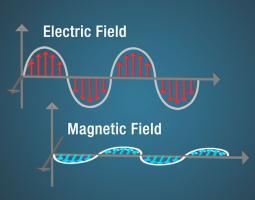
(Source: https://science.nasa.gov/- anatomy6.jpg. Screenshot taken on Fri June 23 12:30:20 2023 UTC)
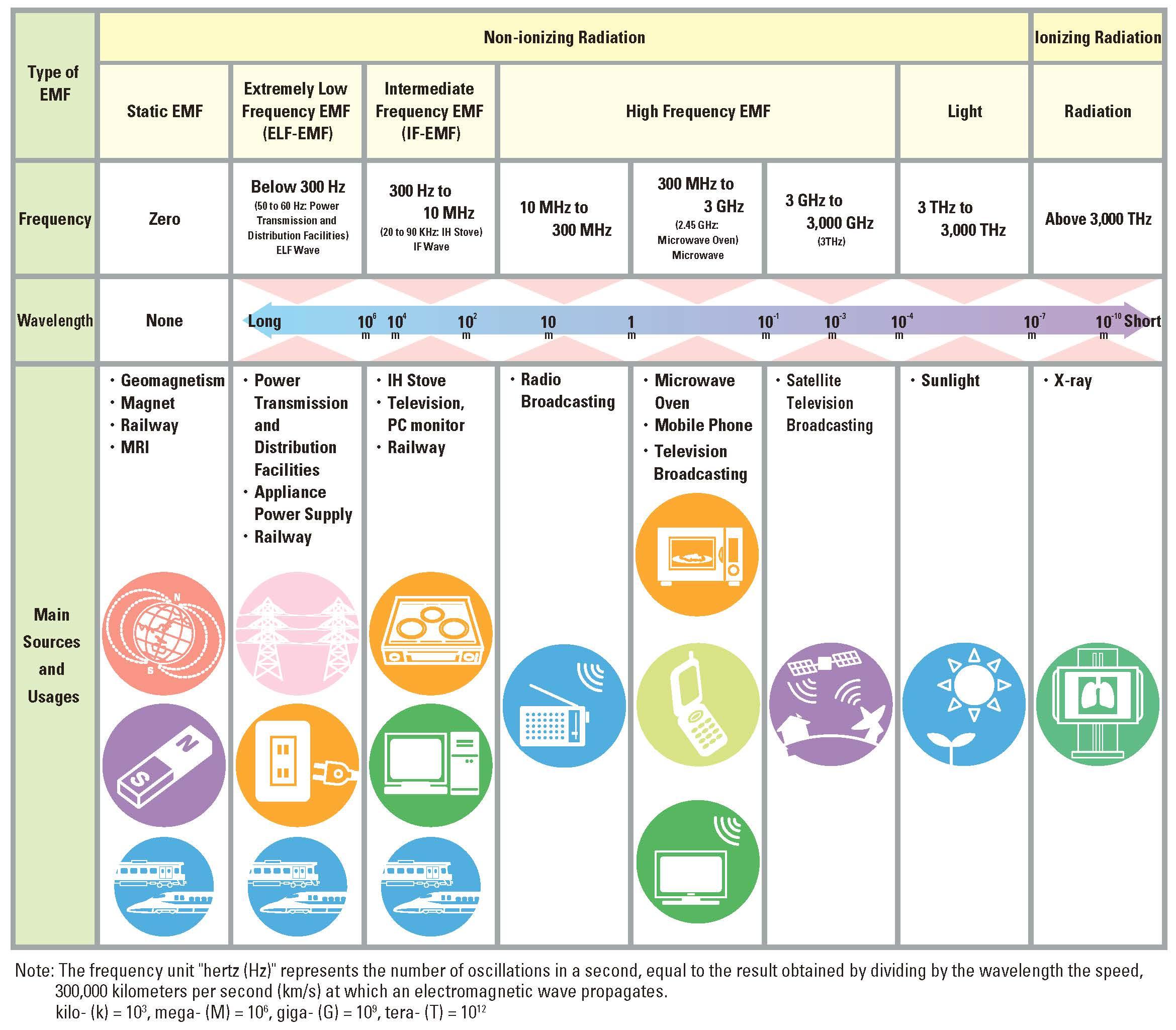
(Source: Japan EMF Information Center. Screenshot taken on Fri June 23 12:30:20 2023 UTC)
The European Commission and its Scientific Committee on Health, Environmental and Emerging Risks (SCHEER) published its final opinion on June 14, 2023, on possible health risks linked to electromagnetic fields emitted by commonly used appliances, such as smartphones or microwave ovens. It stated that "moderate or strong levels of evidence for adverse health effects resulting from chronic or acute RF EMF (radio frequency electromagnetic fields) exposure from existing technology" could not be identified "at levels below the limits set in the annexes of Council Recommendation 1999/519/EC and Directive 2013/35/EU."
According to the Japan EMF Information Center, it says about home appliances and power lines, which emit low frequency electromagnetic waves:
It is not believed that the electromagnetic waves emitted from these sources have any effect on health.
As far as intermediate frequency electromagnetic waves such as in IH (Induction heating) cookers, Japan EMF Information Center says that the country allows "even lower than international guideline values, which allow for sufficient safety margins, and are not considered to affect health."
As for the high frequency electromagnetic waves such as in smartphones, Wi-Fi and microwaves, Japan EMF Information Center adds:
In fact, the electromagnetic waves emitted by smartphones and Wi-Fi are at very low levels and are not considered to pose a health risk. Numerous studies have been conducted over the past 30 years to determine whether high frequencies such as those emitted by smartphones pose potential health risks, but to date, no adverse health effects has emerged. Environmental and Emerging Risks (SCHEER) published its final Opinion on the subject.
It is thought that electromagnetic waves do not remain in food cooked in a microwave ovens, and that they do not affect health.
Finally, on 5G technology, the WHO says:
To date, and after much research performed, no adverse health effect has been causally linked to exposure to wireless technologies.


